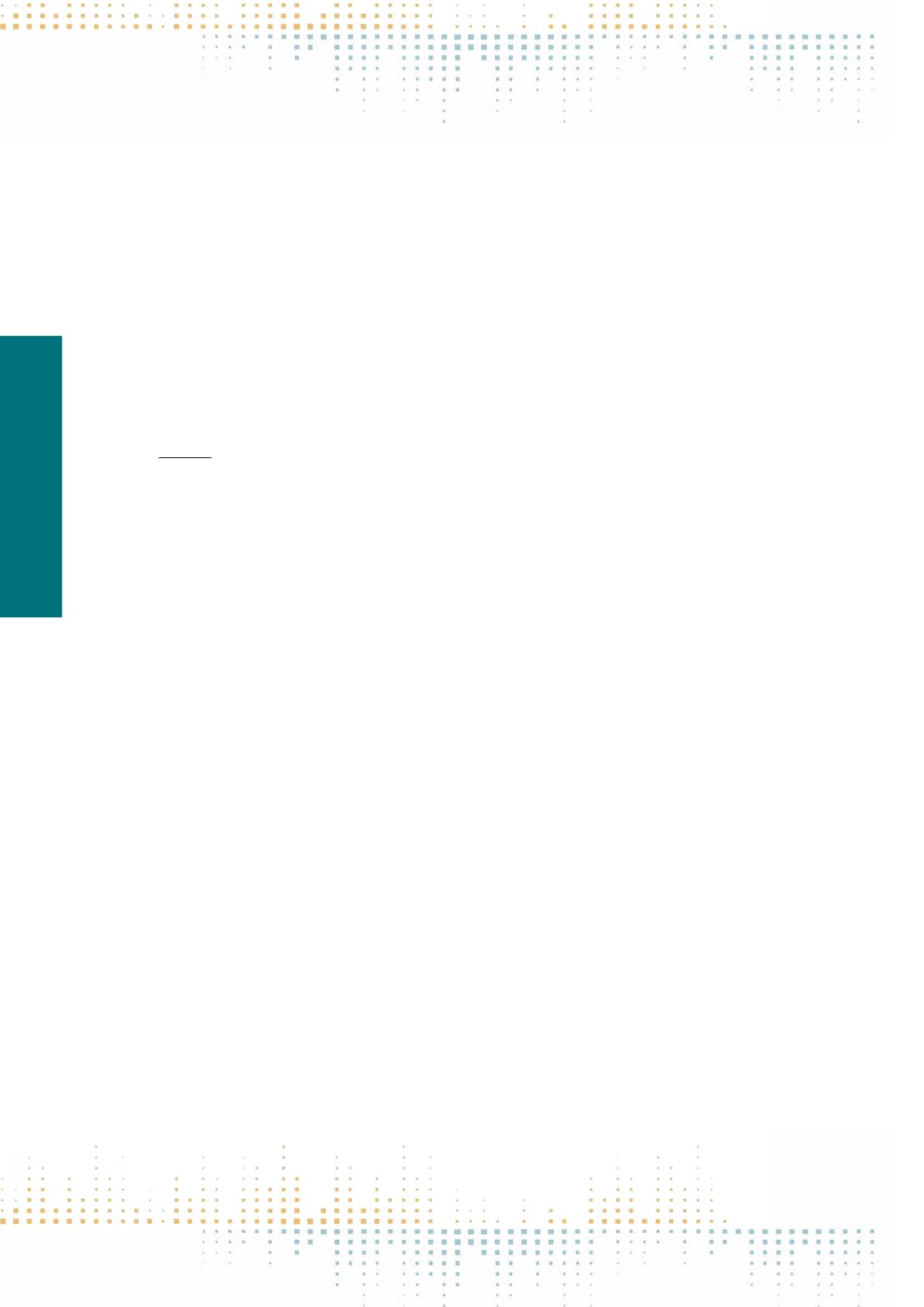

36
Saturday, November 12
0 9 : 0 0 – 1 0 : 3 0
March 24
th
, 2015. Specifically, the authors gathered 90.000 messages posted on Twitter, as it is a social platform where the great majority of messages are
into the public domain. Tweets with the hashtag #germanwings were selected during three days after the crash. Thematic and interpretative analysis was
carried out assisted by NodeXL and Atlas.ti software. Findings allow authors to identify patterns of behavior into conversation that are especially enlight‑
ening to understand the interactions between Twitter audiences and news media organisations. As the hashtag had a global scope, tweets from around
the world were gathered and differences by geographical areas could be noticed. Authors identified a series of messages that shaped a rich discussion
about the sensationalism of media coverage. Users expressed their indignation of the questions journalists asked to the victims’ relatives. Thus, the ethics
of media was widely criticized. But the ethics of some participants was also a contended issue. In Spain a lot of tweeters used the event to post offensive
tweets against Catalan people. Their tweets aimed at refusing political demands for the independence of Catalonia under expressions of xenophobia. Cat‑
alan activists reacted by circulating tweets denouncing those offensive discourses. Other polemic messages complained about the decision of a television
channel of making a special coverage of the accident and not broadcasting a reality show. Findings also reveal that the gatekeeping role of journalism is still
significant. ActuallyTwitter accounts by well-known legacy media outlets (CNN, BBC), local news sites and specialized media (e.g. Airlive.net) were the main
informative references for audiences. News media Twitter accounts were followed to gather data about the accident and their messages were the most
re-tweeted and replayed. However, the debate were carried out by ordinary citizens, who arisen alternative discourses and critical views.Those conversation
was taken into account by news media organisations and some of them incorporated the audience’s remarks into their ulterior coverage of event.
PN 255
Exploring the Blurring Boundaries Between Marketing and Editorial Strategies: The Social Construction of “Audience Engagement”
in Online Journalism
S. Malcorps
1
1
Université Libre de Bruxelles, Communication and Media studies-, Brussels, Belgium
“We need to engage more readers online!”Doing ethnography around online news staffers nowadays, this is the kind of statement you frequently gather.
Understanding and measuring“audience engagement”within the context of online news platforms has become something the whole sector is struggling
with. Even if there seems to be no consensus about the definition of “engagement” itself: the protean notion covers a wide range of dimensions such as
participation practices, web development issues or marketing concerns. Paradoxically, it is believed that audience engagement is readily measurable online
thanks to web metrics. A belief supported by different actors from the audience marketplace (advertisers, measurement companies, publishers...), who
agree to give an economic relevance to the concept, a situation that partly lead online news staffers to interpret audience metrics as engagement indicators.
And in fine, as a support to make editorial decisions. But again, the volatility of the notion doesn’t offer a propitious context to its evaluation: which data
to look at? How to interpret them? A difficult task when you are not sure of what you are looking for. Digging into a corpus of articles from 2003 to 2015
that focus on audience engagement retrieved from three professional publications specialized in (online) journalism (Nieman Journalism Lab, Poynter,
Columbia Journalism Review), this paper offers a socio-historical analysis of the evolution of the notion of “engagement” within the media sector. These
articles, understood as meta-journalistic discourses, keep traces of the sociological, economical, technological or organizational changes that permanently
occur within the journalism ecosystem. They allow the researcher to note in which context the notion first appeared, and what or when a newmeaning has
been associated to it. First results from the corpus analysis show that the notion of audience engagement was initially connected to advertising concerns
and readership surveys results, rather than to online participation practices.These elements could tend to confirm Philip M. Napoli’s hypothesis (2011), who
finds the roots and the first uses of“engagement”at the end of the 20
th
century within the print media sector, where“engagement”was already closely relat‑
ed to advertising issues. At a time when“audience engagement”has become one of the most powerful buzzwords in the online journalism ecosystem, it is
important to foster critical reflection about its use and implications for both business and journalistic decisions.The meta-journalistic discourses of the three
US professional publications are central in the global discussions about the evolution of the concept. This study aims at helping media professionals to have
a better understanding of the notion they use and its implications for the practices they associate to it.



















